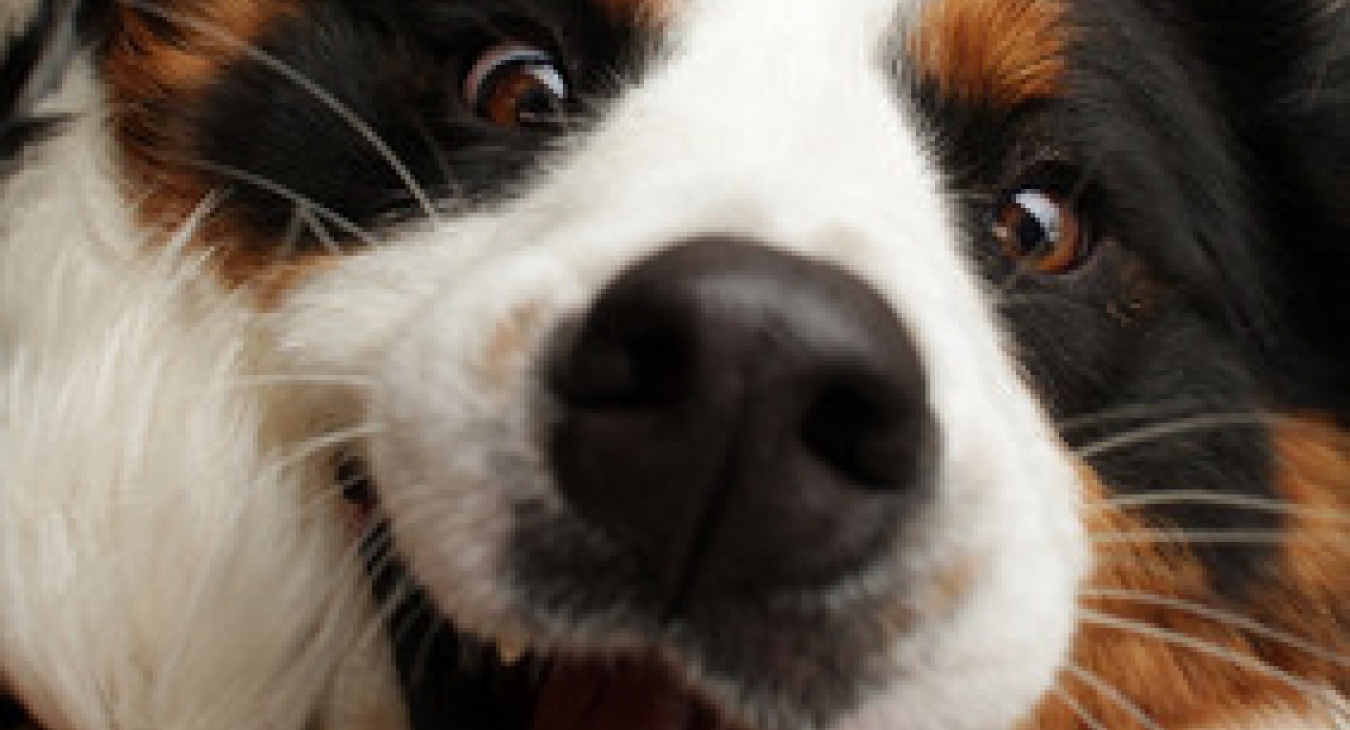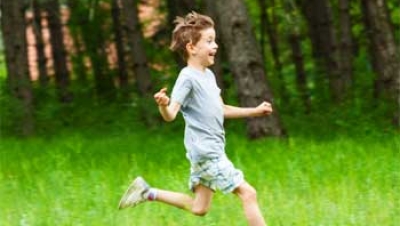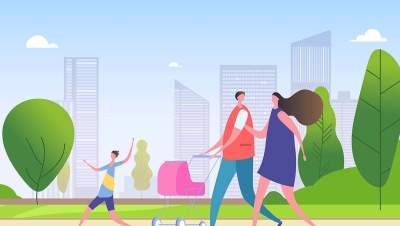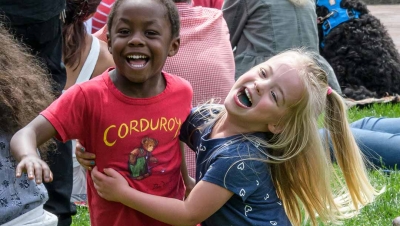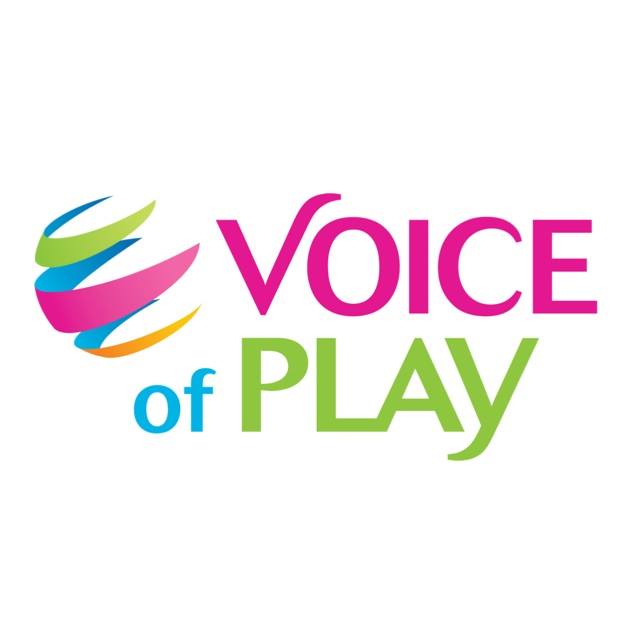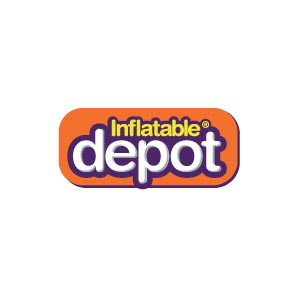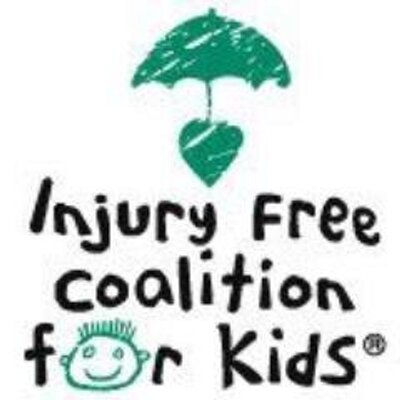Playful expression of Miruku - Flickr
Though speculating on the benefits, origins, and/or functions of play is always interesting, and sometimes even worth a good laugh, that we play, in my opinion, is a phenomenon even more worthy of our collective exploration, worthy of even more profound laughter.
Play connects us, makes us part of a larger community, brings us more of the world. Because we play, we are capable of understanding each other in play. You and I, me and my family, with people, with pets, with protozoa. We can meet in play. We cannot just transcend our differences, but combine them, and touch life itself.
Play allows us to develop an almost instant connection to strangers and people who are stranger than that –to the labeled, the institutionalized, the young, old, poor, wealthy, different people of different colors and cultures and cults. To share a moment of intimacy, not only with people, but also with all playkind –dogs, cats, squirrels, birds...every living being that plays or can even be thought of as playing.
One of the challenges we face when facing play is the word itself. It has come to have so many meanings, many of which we don’t really mean. To make my argument more specific...Wait, am I arguing here? Am I saying that we shouldn’t be studying play? Or even talking about it? Hmmm. Sounds interesting. But, no, that’s not what I’m arguing here at all. I’m arguing that the study of play alone may not be enough, that first-hand, direct, idiosyncratic research (e.g. playing around) may be equally, if not even more important, if we are to understand what play is all about and for.
Brian Sutton-Smith, also looking for a way to understand the functions of play, once talked about adaptive potentiation (see his Ambiguity of Play). I liked the idea (even though he eventually became less enthused about it), because it helped me understand how, by playing, we increase our vocabulary of behaviors, our repertoire of ways in which we can act and interact, and thus more easily adapt to change. But even that isn't really so helpful when it comes to play. It's not just what we can learn about play or what we can learn through play, but more, it’s about our ability to play, and to play so profligately and so wonderfully and so deeply. In pursuit of knowledge, we need science to tell us why. But in pursuit of play, we need more than that.
Perhaps, for the fun of it, and the ease of it, we should narrow the focus of our exploration to one particular kind of play, the kind of play that, as it happens, I have been exploring for the last 50 years.
One of my more recent justifications for my particular focus stems from a brilliant little book by Patrick Bateson and Paul Martin called “Play, Playfulness, Creativity and Innovation.”
On page 5, the authors write: “Play appears to provide its own reward, at least in the short term, by being intrinsically enjoyable. The general presumption has been that the more tangible biological benefits of play usually come later in the individual’s lifetime...” With that simple statement they explain that, contrary to many play apologists, we don’t play because it’s good for us or because we’ll learn from it or change because of it. We play, at heart, because it’s fun. And yet, in retrospect, the authors tell us that those apologists are correct. Play is chock full of tangible benefits – biological, social, physical, intellectual.
Riffle on to page 57 where the authors share with us an almost surgically concise definition of play and playfulness: “Play (e.g. creative play) involves breaking rules. Playful play involves having fun while doing so.”
There’s play, which has so many definitions as to be almost impossible to discuss, and playful play. Play breaks rules (think about it), and playful play is what makes it fun. So the idea of play includes things that may or may not be fun – rule-seeking, rule-breaking, rule-making, rule- changing acts that are core to learning new things, to research, to science, to exploring, risking, daring. But playful play makes it all fun.
And it’s this kind of play, play of the playful kind, to which I wish to direct your rapt attention.
“From (playful) play,” they write, “may emerge a new perspective or cognitive tool that might be used at a later date, possibly in combination with other perspectives or tools, to solve a new challenge. In their different ways, both of these consequences of play are creative.”
The authors go on to give some heartening examples of creative players in the arts and sciences. Players, playful players, whose playfulness redefines art and revises our very way of seeing the universe.
And then there’s the connection between creativity and innovation: “In human behavior,” they write, “creativity refers broadly to generation new ideas, whereas innovation refers to changing the way in which things are done.” Simply by playing playfully.
Even in our dreams, they explain, we are playful. Even in our very dreams.
Playful play. Playfulness. These two subsets of play, I believe, are key to our understanding of play itself. And, even if they’re not key, they are most definitely the fun parts.
Exploring these phenomena requires more than study, more than an investigation of their benefits, or the physiology or neurology or social psychology or cultural anthropology of playfulness and playful play. More of a commitment. More of you.
If you look for reasons to be playful, you may find reasons, but you won’t find playfulness.
If you look for playfulness in the young, you will find it. If you join them, you will understand it.
When you draw, you’ll find playfulness. When you throw your drawing away, you’ll find deeper playfulness.
When you’re alone, and you dance or sing, you’ll find playfulness. When you dance and sing with strangers, you’ll find deeper playfulness. When you dance and sing with the people you love, you’ll find playfulness of the deepest kind.
You’ll find playfulness when you daydream, when you pretend, when you make things up, when you make things for the fun of it.
More recently, in another little book, this one called Play Matters, written by Miguel Sicart, and published this year by MIT Press, is yet more support for a first person approach to the study of play.
“To play,” writes Sicart, “is to be in the world. Playing is a form of understanding what surrounds us and who we are, and a way of engaging with others.” (p 1)
“I am not going to oppose play to reality, to work, to ritual or sports,” he says, “because it exists in all of them. It is a way of being in the world, (my italics) like languages, thought, faith, reason.” (p. 3)
“......we need,” he continues, to...reclaim play as a way of expression, a way of engaging with the world –not as an activity of consumption, but as an activity of production. Like literature, art, song and dance; like politics and love and math, play is a way of engaging and expressing our being in the world.” (p 5)
To that, I’d like to add, between the words “being” and “in,” the word “together.”
And then, on the topic of playfulness, he writes: “The main difference between play and playfulness is that play is an activity, while playfulness is an attitude.” (p 22)
“Playfulness glues together an ecology of playthings, situations, behaviors, and people, extending play onward an attitude for being in the world. Through playfulness, we see the world, and we also see how the world could be structured as play.” (p. 25)
“(Creative) play involves breaking rules,” write Bateson and Martin (p. 57). “Playful play involves having fun while doing so.”
And, as long as we’re looking for corroboration (I’ll take any corroboration here, from any source, any thinker: scientific, theological, philosophical), here, from Sabbath: The Ancient Practices by Dan Allender (p. 84):
“How does one study play, playfully? For many, play is either regarded as a long-lost child experience or as something that seldom was experienced even as children. It seems few of us know how to play. If we are to learn, it is primarily by watching and imitating children.
“...Notice that in any childhood game there are rules, but they morph and change. Often there is tension or conflict, but it gets worked through the process of creating new ways of playing the game... If one player is better, a handicap may be imposed to make the game more equal, yet the goal, even if the supposed end point is winning, is to intensify pleasure by trying out new ways of doing the game that honor the routine yet risk what has not yet been tried.”
And from the introduction to Play World: The Emergence of the New Ludenic Age, by James E. Combs:
“...why not discuss play playfully? Playfulness is before all an attitude, an orientation to the world, premised by the notion that life is too important to take seriously. Playfulness can be contrasted with its antonym, earnestness, the attitude that life is so important that it must be taken seriously. Earnest inquiry into play often becomes dreadfully serious, as if the inquirer fears treating play playfully, and hopes to tame the spirit of play through the poison gases of weighty seriousness and grave solemnity.”
And in Gratefulness, the Heart of Prayer: An Approach to Life in Fullness by David Steindl- Raast, p. 74:
“...We are simply unable to play playfully unless we learn to work playfully. To work playfully! Doesn’t that sound almost frivolous, given the attitude towards work that was drilled into many of us? Working playfully sounds to us like fiddling around. And yet the most efficient work is work done leisurely. And working leisurely means putting into our work what is most typical of play, namely the emphasis on meaning. Leisure gives meaning to purpose, makes room for meaning in the kids of purposeful activity.”
And in the Manual of Dynamic Play Therapy: Helping Things Fall Apart, the Paradox of Play by Dennis McCarthy p. 31:
“To witness actively is to be ready to engage in the child’s play playfully, accepting the seeming dichotomy of the serious and the banal. To empathically accept the complex and contradictory emotions and impulses in the child and to not attempt to resolve them is essential, albeit very hard.”
And in Singing the Soul Back Home: Shamanism in Daily Life, Caitlin Matthews, p. 78:
“Paradox, riddle, and cosmic humor thread the shamanic experience with zany sparks of light. Many students of shamanism are thrown by its random honor and sharp paradoxes. In direct opposition to the physical reality norm where we work seriously and play playfully, shamans learn to play seriously, and to work playfully.”
And in You Are That, by Gangaji p. 170:
“Play fully. To play fully, stop your personal identification. Stop imagining that you are a particular player. You are, in totality, the player, the played, and the play itself.”
Source

